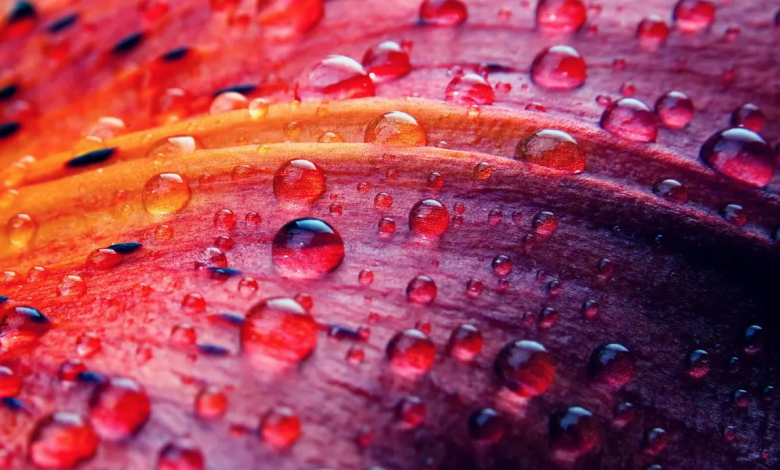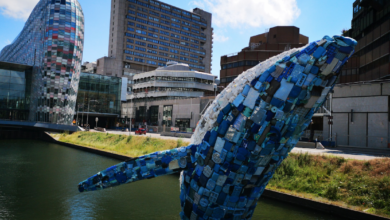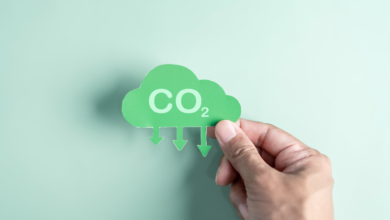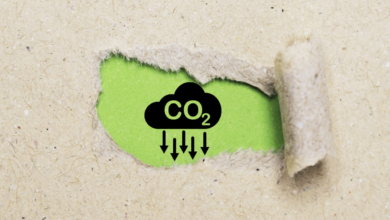World Water Day 2022, the most valuable water hides
World Water Day 2022 is celebrated on 22 March
(Sustainabilityenvironment.com) – “Groundwater is invisible, but its impact is visible everywhere. Out of sight, under our feet, groundwater is a hidden treasure that enriches our lives.[… ] As climate change gets worse, groundwater will become more and more critical. We need to work together to sustainably manage this precious resource. Groundwater may be out of sight, but it must not be out of mind”.
This is the theme of World Water Day. Like every March 22, for 30 years, the United Nations has celebrated this anniversary with events all over the Planet to raise awareness of the importance of blue gold among governments and civil society.
The fill rouge linking the various events of World Water Day 2022 is groundwater. Invisible but essential. Hence the motto of the day: “making the invisible visible“.
In fact, almost all the liquid fresh water in the world is groundwater, recalls the United Nations Observance that deals with World Water Day. And underground aquifers support drinking water supplies, sanitation, agriculture, industry and ecosystems. Water resources are also valuable for the crucial role they play in adapting to climate change.
The problem of overfishing
Valuable, but mistreated. In many regions of the planet, groundwater is overused: more is extracted than rain and snow can replenish the initial stock. Already today, groundwater accounts for half of the volume of domestic water taken by the global population and for about 25% of all irrigation, which feeds 38% of the world’s irrigated land. Percentages are destined to increase with the growth of the world population. A factor, that of the demographic surge, that “weighs” much more than the increase of the global temperature.
What is the extent of this phenomenon? Globally, calculates UN-Water in the United Nations World Report on the Development of Water Resources 2022, the aggregate rate of reduction of groundwater reserves is particularly high: “At the beginning of this century the figures fluctuated between 100 and 200 cubic kilometers per year”, that is “a percentage between 15% and 25% of the total of groundwater abstractions”.
Contaminating aquifers? An “irreversible” process
Overfishing is just one of the challenges for underground aquifers. A crucial issue is groundwater contamination. It is on this theme that the UN launches the main warning of World Water Day 2022: groundwater pollution is “a practically irreversible process“. Once polluted, aquifers tend to remain in such basins. With damage to humans but also to the ecosystems that depend on them. Groundwater is polluted in many areas and remediation is often a long and difficult process.
What are the main causes of groundwater pollution? There are many anthropogenic sources of pollution. One of the most widespread, even more so than industrial processes, is agriculture. Often crops cause the presence of large quantities of nitrates, pesticides and other pesticides. And the current laws can not stem this phenomenon: “Scientific evidence shows that laws and regulations to prevent or limit widespread groundwater pollution caused by agriculture are generally insufficient and difficult to implement”.
Groundwater and climate change challenges
Although it is not the most important factor in the degradation of groundwater resources, climate change plays an important role in changing water availability. Changes in the volume of rainfall and the flow of rainwater on the surface directly affect the ability of aquifers to recharge. But climate science has not yet been able to accurately estimate the real impact of these phenomena in the coming decades. More certain is the influence of rising sea levels, which has led to the intrusion of sea waters into coastal aquifers in many areas.
In terms of adaptation, underground basins are an important part of many strategies. These are based on distributed storage of water resources and the ability of aquifers to store seasonal or episodic water surpluses. But in many areas of the world, in order for water supplies to be able to withstand climate change, “it will be necessary to draw not only on groundwater, but also on rivers, lakes and other surface water basins” warns the UN on the occasion of World Water Day 2022.
Italy and World Water Day 2022
Challenges, strategies and good practices of which Italians are increasingly aware, even if the Belpaese in fact remains Cinderella in Europe. Water consumption figures speak for themselves. The per capita consumption of drinking water remains high, at 220 liters per inhabitant per day in the capital municipalities and in metropolitan cities, notes Istat on the occasion of World Water Day 2022. The European average is about 165 liters.
Waste Italians? No doubt. But the most critical aspect is the awareness of the problem, still very poor. Almost 7 out of 10 Italians believe that the average water consumption of a family is less than 100 liters per day, while in reality, it is about 500. And only 25 percent believe that water is a current problem. But something is happening: in a year among adults the share of those who consider water scarcity a priority has grown by 4%. While among the youngest there is a real boom with 15% more in 12 months, in total 31%. On the other hand, the percentage of those who believe that Italy will be in a situation of high water stress in 2040 remains stable, as predicted by the World Resource Institute: 76% of the total.






